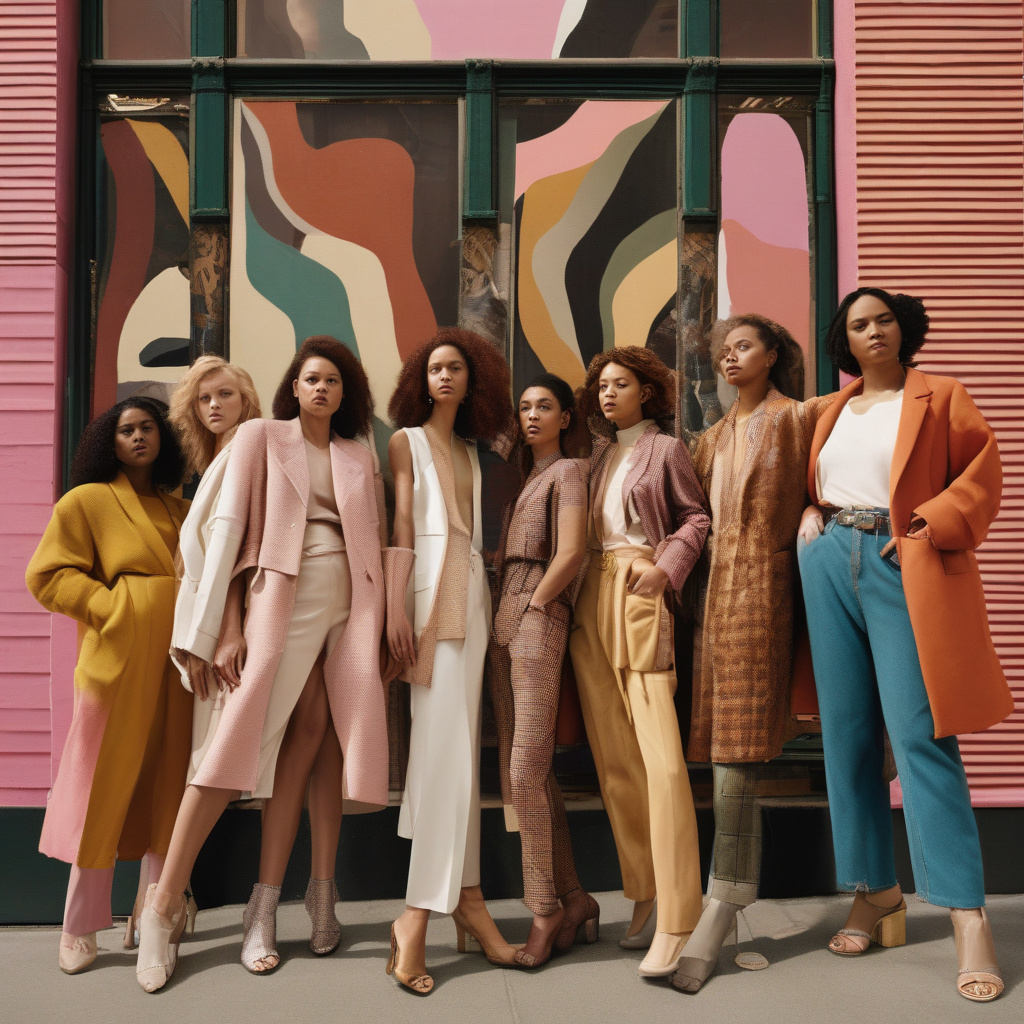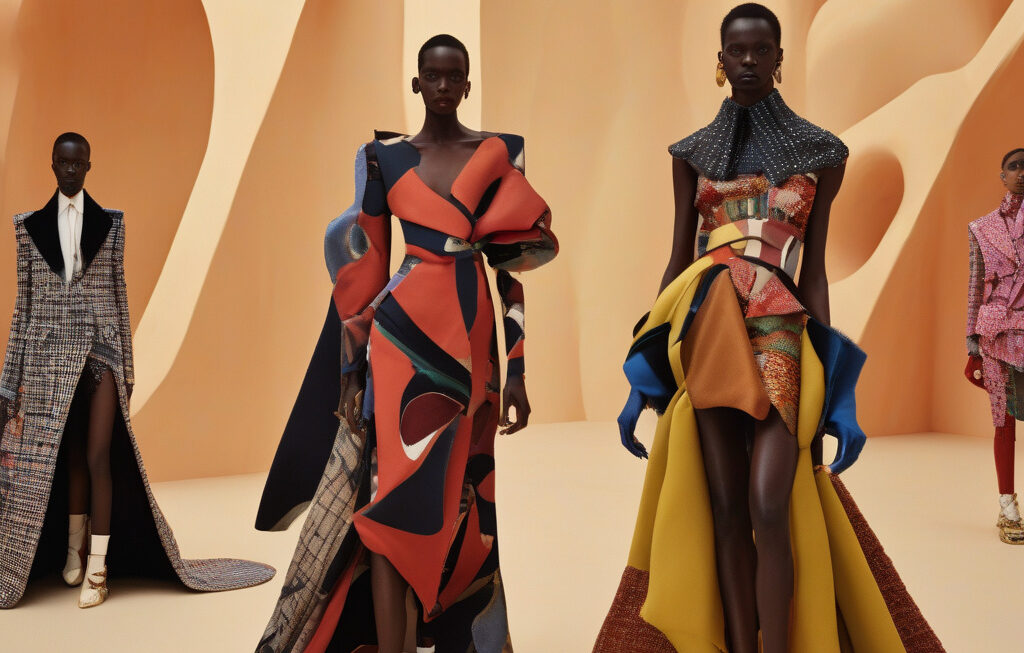Does Fashion Know What Women Want?
The recent Paris Fashion Week brought to light an intriguing question that has lingered in the fashion industry for decades: does fashion truly know what women want? As designers showcased their latest creations on the runway, the delicate balance between fantasy and function seemed to falter, leaving many to ponder whether the vision behind the designs resonated with the modern woman.
In an era where women are breaking barriers, redefining stereotypes, and embracing their individuality, the disconnect between fashion and the female consumer is becoming increasingly apparent. The traditional norms of what women should wear and how they should present themselves are being challenged, yet the industry continues to churn out designs that seem out of touch with the reality of women’s lives.
One of the fundamental issues lies in the lack of diversity among designers. The majority of fashion houses are still led by men, which begs the question: how can a male designer truly understand the nuanced desires and needs of women? While some designers have successfully captured the essence of female empowerment and strength in their collections, others seem to be stuck in a time warp, perpetuating outdated stereotypes and clichés.
Take, for example, the recent trend of ultra-sheer fabrics and barely-there silhouettes. While some may argue that these designs celebrate the female form, others see them as a regressive step that reduces women to mere objects of desire. The concept of “sexy” in fashion has evolved over the years, yet some designers seem fixated on a one-dimensional view of femininity that fails to resonate with the diverse experiences of women today.
Moreover, the emphasis on exclusivity and unattainability in high fashion further alienates the average woman. The astronomical price tags, lack of inclusive sizing, and limited representation of different body types send a clear message: high fashion is not meant for everyone. As the industry grapples with issues of sustainability, ethics, and inclusivity, it is crucial for designers to reassess their approach and truly listen to what women want.
Despite these challenges, there are shining examples of designers who have managed to capture the zeitgeist and create collections that speak to women on a deeper level. Brands that prioritize comfort, functionality, and inclusivity are gaining traction, signaling a shift towards a more consumer-centric approach to fashion. From body-positive campaigns to gender-fluid collections, these designers are paving the way for a more inclusive and representative industry.
In conclusion, the question of whether fashion knows what women want is a complex one that requires introspection and evolution. As women continue to assert their voices and assert their place in society, fashion must adapt to meet their changing needs and desires. By embracing diversity, inclusivity, and authenticity, the industry can bridge the gap between fantasy and reality, creating a space where every woman feels seen, heard, and empowered.
Paris Fashion Week has sparked a crucial conversation that will hopefully lead to a more nuanced and inclusive approach to design. Only time will tell whether the industry can rise to the challenge and truly understand what women want.
#FashionIndustry, #FemaleEmpowerment, #Inclusivity, #ModernWoman, #ParisFashionWeek












